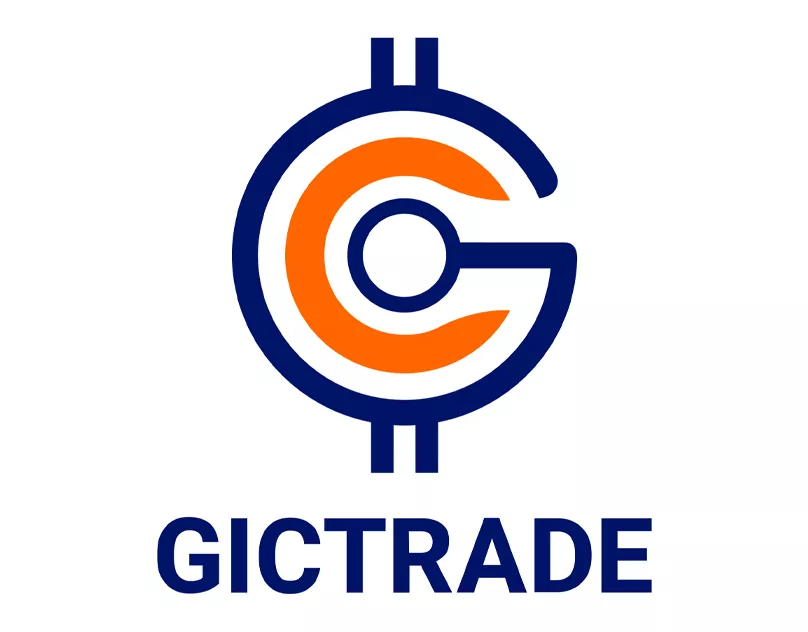Table of Contents
- Understanding Candlestick Patterns: A Complete Guide
- Doji Pattern: A Sign of Market Confusion or Reversal?
- Hammer and Hanging Man Patterns: Strong Reversal Signals
- Engulfing Pattern: Signaling Trend Changes
- Tweezer Pattern: Potential Turning Points
- Evening Star and Morning Star Patterns: Reversal Signals
- Shooting Star Pattern: Potential Downward Reversal
- GIC Academy Products:
- FAQs:
- Conclusion
Understanding Candlestick Patterns: A Complete Guide
Candlestick patterns are an integral part of technical analysis in stock trading. They are visual representations of price movements over a specific time frame. These patterns provide insights into market sentiment and can help traders make more informed trading decisions. Here is a complete guide to understanding candlestick patterns:

Doji Pattern: A Sign of Market Confusion or Reversal?
The Doji pattern is one of the most well-known candlestick patterns. It forms when the opening and closing prices are nearly the same during a trading session. How do we interpret this pattern? The Doji actually indicates uncertainty and balance between buyers and sellers. It can signal a potential trend reversal, but confirmation with other indicators is needed before making decisions.
Hammer and Hanging Man Patterns: Strong Reversal Signals
The Hammer and Hanging Man patterns indicate trend reversals. A Hammer occurs after a downtrend and features a long lower wick with a small body at the top. This shows rejection of lower prices and potential upward reversal. Conversely, the Hanging Man is a similar pattern but appears after an uptrend, indicating potential downward reversal.Engulfing Pattern: Signaling Trend Changes
The Engulfing pattern occurs when a large candlestick "engulfs" the previous one. A Bullish Engulfing pattern appears after a downtrend, signaling potential upward reversal. Conversely, a Bearish Engulfing pattern occurs after an uptrend and indicates a possible downward reversal. This pattern provides strong signals about trend changes.Tweezer Pattern: Potential Turning Points
The Tweezer pattern occurs when two candlesticks have the same high or low price. A Tweezer Top forms after an uptrend and can indicate a downward reversal. A Tweezer Bottom forms after a downtrend and suggests potential upward reversal. This pattern shows a shift in market sentiment and requires further confirmation.Evening Star and Morning Star Patterns: Reversal Signals
The Evening Star pattern consists of three candlesticks: a large bullish candle, a Doji or small candle with a long wick, and a large bearish candle. This pattern indicates a potential reversal from an uptrend to a downtrend. Conversely, the Morning Star is the opposite of the Evening Star and can signal a reversal from a downtrend to an uptrend.Shooting Star Pattern: Potential Downward Reversal
The Shooting Star pattern occurs after an uptrend and features a long upper wick with a small body at the bottom. This indicates rejection of higher prices and potential downward reversal. However, like other patterns, the Shooting Star also requires additional confirmation before taking action.Learn Various Effective Trading Strategies with Experts, Join Classes at GIC Academy Now!

GIC offers services to help beginners in trading understand the world of trading thoroughly. This service is known as GIC Academy, a complete educational system in Indonesia that includes learning from start to finish with the involvement of professional educators in the futures market. The services provided include:
- Digital Education Platform: Access through the GICTrade YouTube channel.
- Workshops with Professional Educators.
- Group Education Classes via Telegram.
- VIP Group for Daily Analysis and Signals.
- Comprehensive solutions for learning forex trading from scratch.
- Diverse educational content.
- Various educator options.
- Class fees starting from Zero Rupiah.
GIC Academy Products:
Beginner Classes
For individuals just starting as traders, there are options to access trading education through videos on the GIC YouTube channel free of charge. Here, you will gain an understanding of basic concepts in the trading world. Additionally, you will have the opportunity to read educational articles aimed at beginner class participants on the GIC website.
Advanced ClassesIf you are a trader seeking deeper lessons and want to learn with mentor guidance, you can try the services provided by GIC. These classes are held twice a week via Zoom Meeting. You can register and check the schedule through GIC's official Instagram account. Moreover, reading materials supporting advanced class learning can also be found on the GIC website.
Professional Classes
This class is an option for individuals wanting more intensive learning with a mentor. The approach is more practical, including direct trading exercises with deposit requirements. If you're interested in enrolling, you can contact the Admin via the link provided in the Bio of Instagram (@GICTrade). As with the beginner and advanced classes, supporting reading materials for the professional class are available on the GIC website.
FAQs:
What is a candlestick pattern?
A candlestick pattern is a visual representation of price movements in the form of candlestick charts. This pattern helps traders analyze market sentiment and make more informed trading decisions.
What is the difference between Bullish and Bearish Engulfing patterns?
The Bullish Engulfing pattern occurs after a downtrend and indicates a potential upward reversal. On the other hand, the Bearish Engulfing pattern happens after an uptrend and signals a possible downward reversal.
How can candlestick patterns be used in trading strategies?
Candlestick patterns can be used as confirmation tools in trading strategies. They help identify potential trend reversal points or price changes, which can be combined with other technical indicators.
Are candlestick patterns always accurate?
No, candlestick patterns are not always accurate. They need to be confirmed with other indicators and additional analysis before making trading decisions. Misinterpretation can lead to losses.
What is a Doji pattern?
A Doji pattern forms when the opening and closing prices are nearly the same during a trading session. It indicates uncertainty and balance between buyers and sellers, potentially signaling a trend reversal.
How can I accurately recognize candlestick patterns?
Recognizing candlestick patterns requires practice and a good understanding of the characteristics of each pattern. Traders should pay attention to the body shape, the length of the upper and lower wicks, and the pattern's position within the ongoing trend.
Conclusion
In this guide, we have detailed various candlestick patterns for technical analysis in stock trading. Recognizing and interpreting these patterns requires consistent practice and experience. It is important to remember that candlestick patterns are tools, and good trading decisions also require additional analysis. With a good understanding, you can leverage information from candlestick patterns to enhance your trading decisions.
 Last:
Last: 






